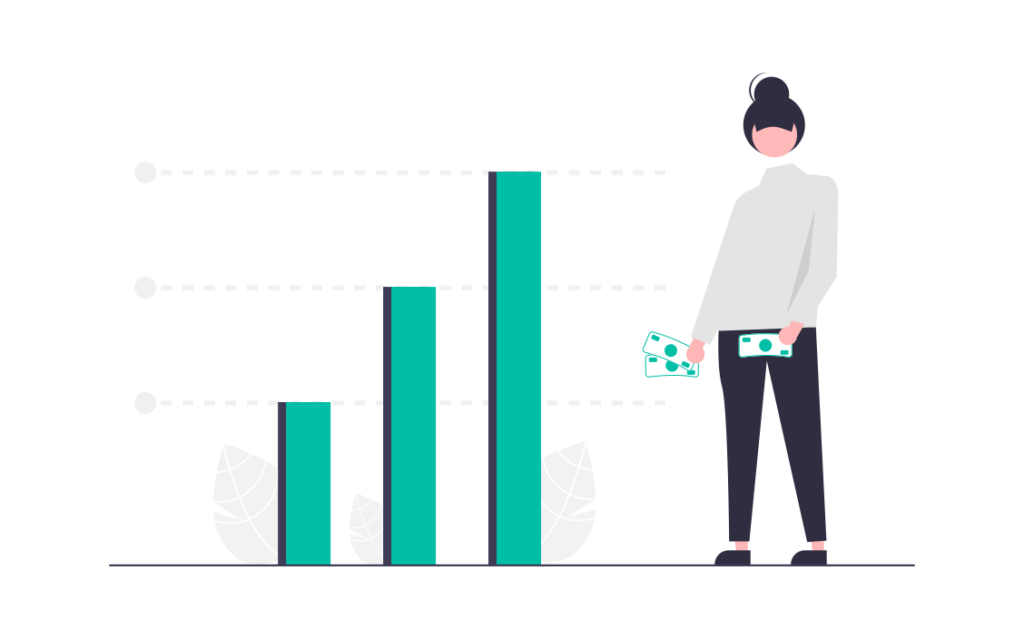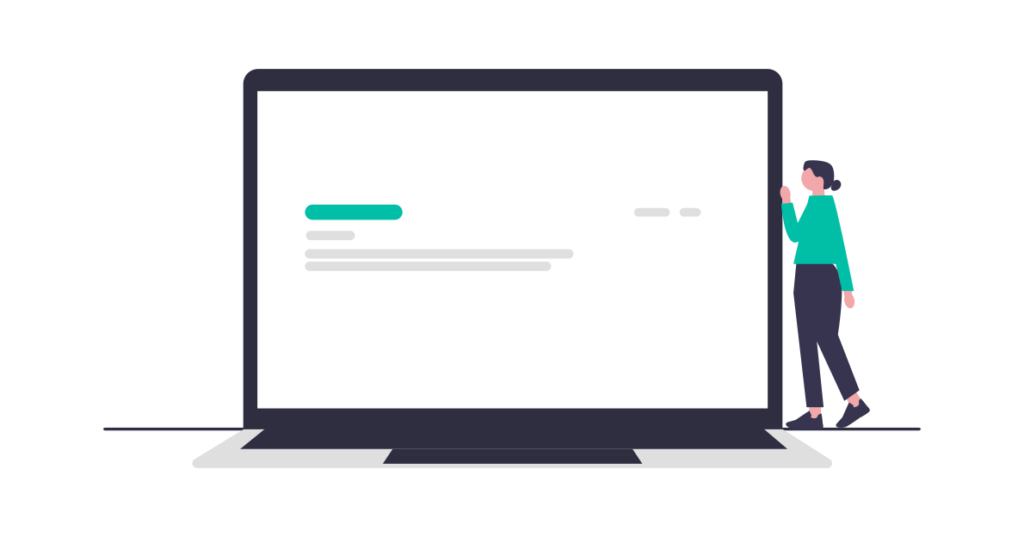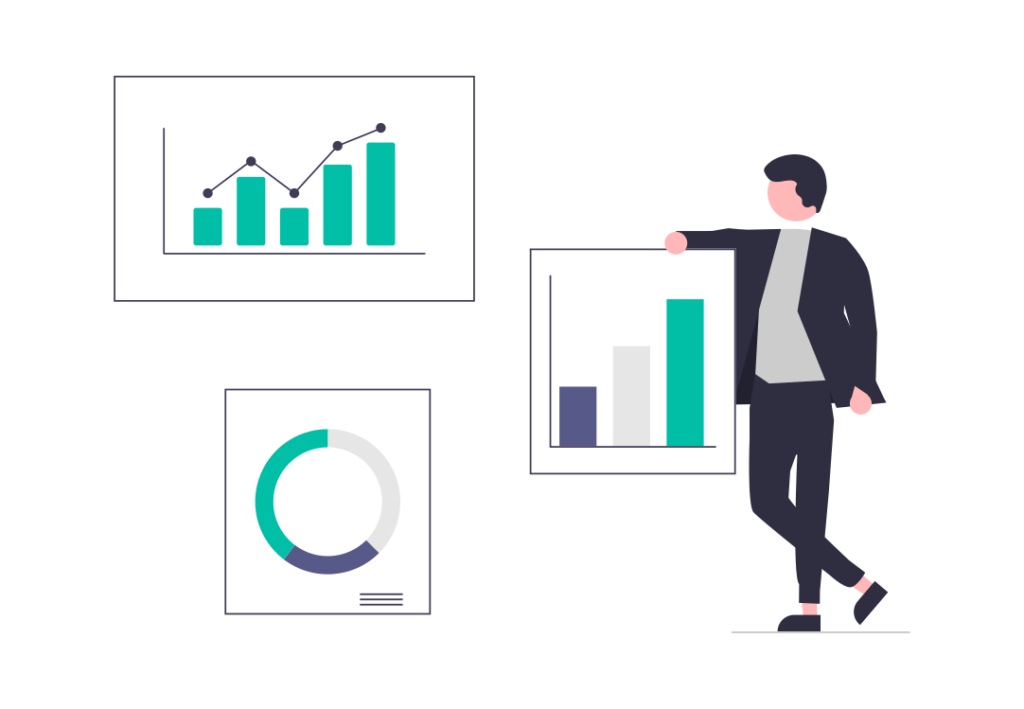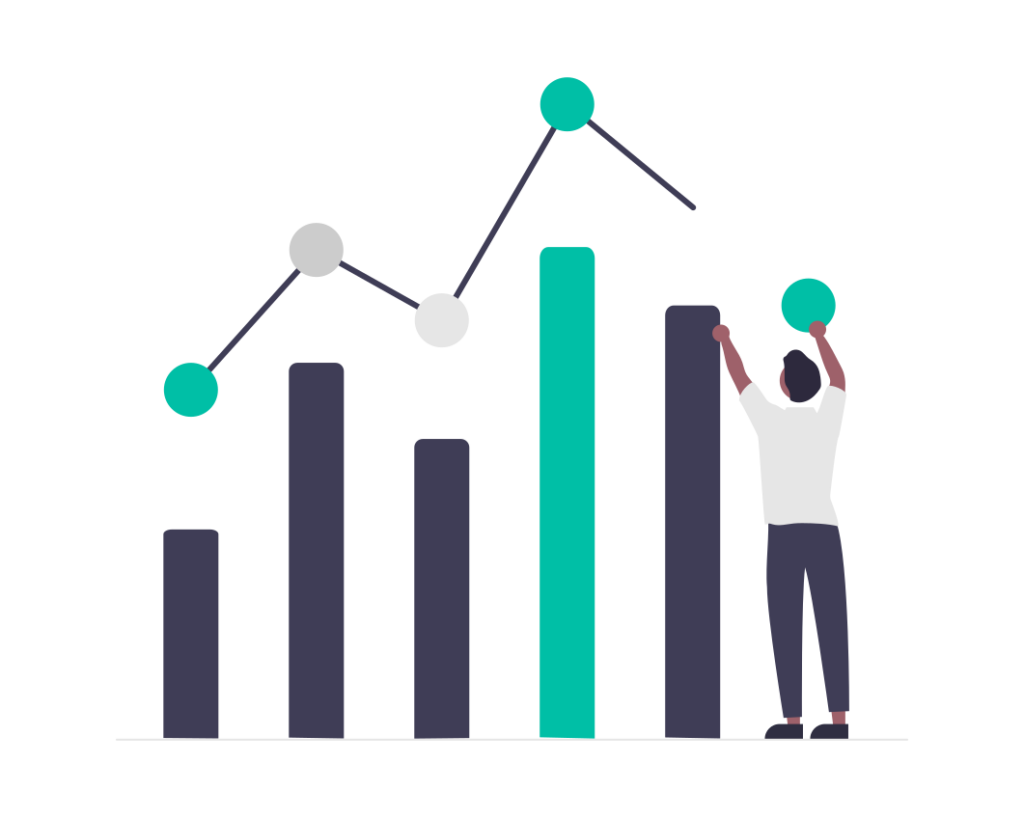Typical Customer Acquisition Costs

Customer acquisition cost is one of the most important metrics for a business to track. Its relation to lifetime customer value (LTV) essentially determines whether the business is viable or not. It is impacted by your product, your price, your positioning, your targeting, your creative – essentially every aspect to marketing.
In this blog we’re going to discuss customer acquisition costs and give some growth marketing agency benchmarks to help give you a steer as to how you’re doing compared to other organisations.
What Is Customer Acquisition Cost?
Customer acquisition cost essentially measures how much your business spends to win a customer. It’s a vital metric for budgeting, financial planning and marketing investment decisions. It’s a core aspect to measuring the success of marketing campaigns. We have written another blog defining acquisition cost here.
You may well also have heard the term cost per acquisition or CPA. This is a slightly different metric. CPA measures the media spend cost per individual acquisition – eg what you spent to get an app download with Meta ads, or on LinkedIn to get a newsletter sign-up. CAC measures all costs that have gone in to acquiring a full paying (or engaged, if your product/service is not paid for) customer including media spend, creative cost, salaries, consultancy fees etc.
Usually, it is paired with LTV to give you a LTV/CAC ratio. You divide your average LTV by your CAC – and ideally you want a figure of around 3 or higher. If your LTV is lower than your CAC, you’re in trouble.
How Do I Calculate Customer Acquisition Cost?
Your CAC is your total marketing cost for acquiring new customers divided by the total number of new customers acquired in a given period of time.
The given period of time is worth thinking about, because it varies from business to business. For example, a D2C brand may be able to calculate a reliable CAC from 3-4 weeks worth of data because most people will buy very quickly after seeing an ad. But for some B2B enterprises, the sales cycle can be so long that you need to set the time period to several months in order to capture the full data of costs and acquired customers.
It’s also important that you’re honest regarding the total marketing cost. If a Google Adwords campaign spent £30 and acquired 1 customer, that doesn’t give you a CAC of £30. You need to account for any management fees, copywriting fees, etc etc.
The last point is why it can sometimes be difficult to calculate a reliable CAC on a channel-by-channel basis. Sometimes the overall marketing costs spread over several channels, and the channels interact with each other across the marketing funnel as a user engages with multiple touchpoints.
Typical B2C Customer Acquisition Costs
The first thing to say is that typical customer acquisition costs can be extremely variable. Different industries have different standards, depending on the value of the product and the competitiveness of the space.
Gambling companies like Betfair will have very high CACs – 100s of $ sometimes – because there are lots of non-differentiated competitors in the space, so they will compete to spend more to acquire customers, and also because they will have done complex calculations to determine LTV and payback period (amount of time that it takes for customer spend to exceed CAC – repeat business is vital for companies like them).
Other products like Bow Wow Pet Treats may have a far lower CAC because their average order value and LTV is lower, and they may be more differentiated from the competition. That doesn’t mean their business is more viable than Betfair – it just means they’re operating in a different environment.
As an indicator, here are some typical CACs by industry:
- Travel: $7
- Retail: $10
- Consumer Goods: $22
- Manufacturing: $83
- Transportation: $98
- Marketing Agency: $141
- Financial: $175
- Technology (Hardware): $182
- Real Estate: $213
- Banking/Insurance: $303
- Telecom: $315
- Technology (Software): $395
- Consumer app: $2.14 (N.B – this is for an install of the app. Different companies will define ‘acquisition’ differently depending on what they want the customer to do after they install the app).
Source: Propeller
As you can see – there is a huge amount of variation. In categories with a higher LTV, companies are willing to spend more to acquire customers. In categories with a lower LTV, they’re willing to spend less.
These costs can be a helpful guide, but it’s important to take them with a pinch of salt. There’s a high amount of variability even with categories – the important thing is to make sure your CAC fits your business model.
Typical B2B Customer Acquisition Costs
Below are some average CAC figures from a range of B2B industries based on data from Firstpagesage. As you can see, again, there are some huge ranges depending on the sector.
- B2B SaaS: $341
- Business Consulting: $901
- Commercial Insurance: $600
- Construction Supply: $486
- Financial Services: $1,202
- Law (Business / Commercial): $1,245
- Manufacturing & Distribution: $905
Once again, we’d suggest that you be careful when reading too much into these figures. For example – we have worked with B2B SaaS businesses that are prepared to spend far more than $341 for an acquisition and still remain highly profitable. Equally, we have worked with manufacturing companies who spend far less than $905 on a paid acquisition.
How To Reduce Customer Acquisition Costs
This is the key challenge for most businesses. Overall, they’ll want to be improving their LTV/CAC ratio – and increasing LTV is somewhat harder than reducing CAC.
The levers you have to pull regarding LTV include pricing, cross-sales and up-sales. But a lot of LTV is essentially fixed by the reality of the product and the market conditions.
But with CAC, there’s more you can do. Key activities to try to reduce CAC would include:
-Testing new/different channels
-Running new creative/copy combinations
-Testing different targeting options
-Re-positioning your brand
-Improving your down-funnel conversion rates (with better landing pages, CTAs, UX)
All of these can have an impact. But knowing what to do for each one can be hard. That’s where experimentation comes in. A growth marketing framework can be a vital tool to help you design and measure experiments to reduce CAC (or increase LTV).
Typically, we suggest working from the bottom of the funnel up. That means starting with the end point of the customer journey. Is it easy for them to make a purchase? Are there places they can easily get lost on your website or app? Is your product priced correctly? The reason to start here is the same reason you’d fix a leaky bucket before pouring water in – there’s no point expanding advertising if your conversion rates are low.
Once you’ve reviewed and tested that, look at earlier stages in the funnel – do you provide enough learning resources for customers to understand your product? Is your website copy good enough? Do you have a social presence to provide reassurance before a customer makes a purchase?
Finally, look at your acquisition strategies – is your advertising creative and copy compelling, and a fair representation of the product itself? Is it targeted correctly? Are your media bidding and placement strategies sound?
How Growth Division Can Help
At Growth Division we use world-leading specialist experts to run growth experiments on behalf of our clients in order to reduce CAC and increase LTV. We essentially function as an outsourced growth and marketing team, with experts managed by one of our experienced growth strategists.
Get in touch today for a free consultation on your approach to growth and marketing.
Talk to a Growth Advisor
We create a clear, focused marketing strategy by combining our expertise with your knowledge of your business.
Related Posts

What Is a Growth Marketing Manager?
Discover the ins and outs of the role of a Growth Marketing Manager.

Harness the Power of Growth Marketing for Business Success
Learn how to harness the power of growth marketing to propel your business to new heights of success.

How to Build Long-Term Sustainable Growth
Learn the essential strategies and practical steps to achieve long-term sustainable growth for your business.
